A major trunk route, the Tokaido Highway was laid under the leadership of Tokugawa Ieyasu to underpin the development of industry and culture during the Edo period. “Hakone Hachiri” refers to the 32 km section connecting Odawara and Mishima of the Tokaido, which stretches from Nihonbashi to Kyoto. In its heyday, the route saw throngs of travellers coming and going, from humble townsfolk on pilgrimages to Ise and Konpira, to Western lords on their way to Edo, Dutch merchant-generals, and Nagasaki magistrates. The modern “Hakone Hachiri” is a mixture of Hakone’s bountiful nature with the history and culture of the old highway, festooned with distance marker mounds, teahouses, and stone-cobbled paths maintained for travelers. These well-trodden paths offer a great way to soak up the summer in Hakone.
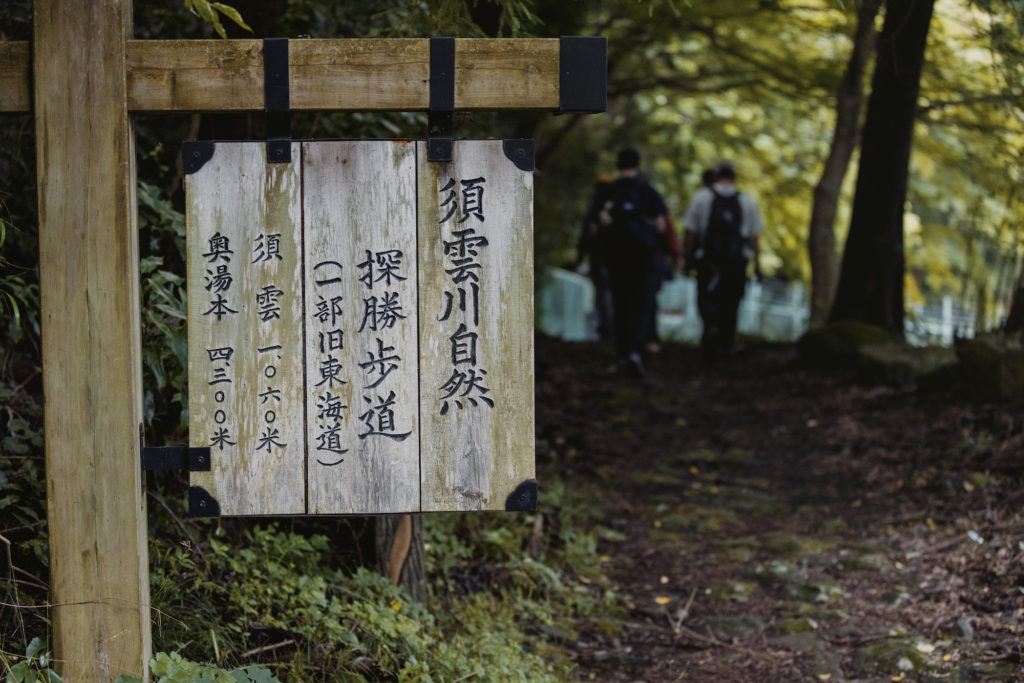
The hike starts from Hakone Yumoto. Once out of the hot spring area, the trail enters the Sukumo River Nature Trail. A world away from the hot spring district, the trail following the Sukumo River is a forested trekking path. On the way, cool your feet in the river as you cross the Maruta bridge. The crossing points are the real thrill about summer hiking and can become impassable when the water level rises.
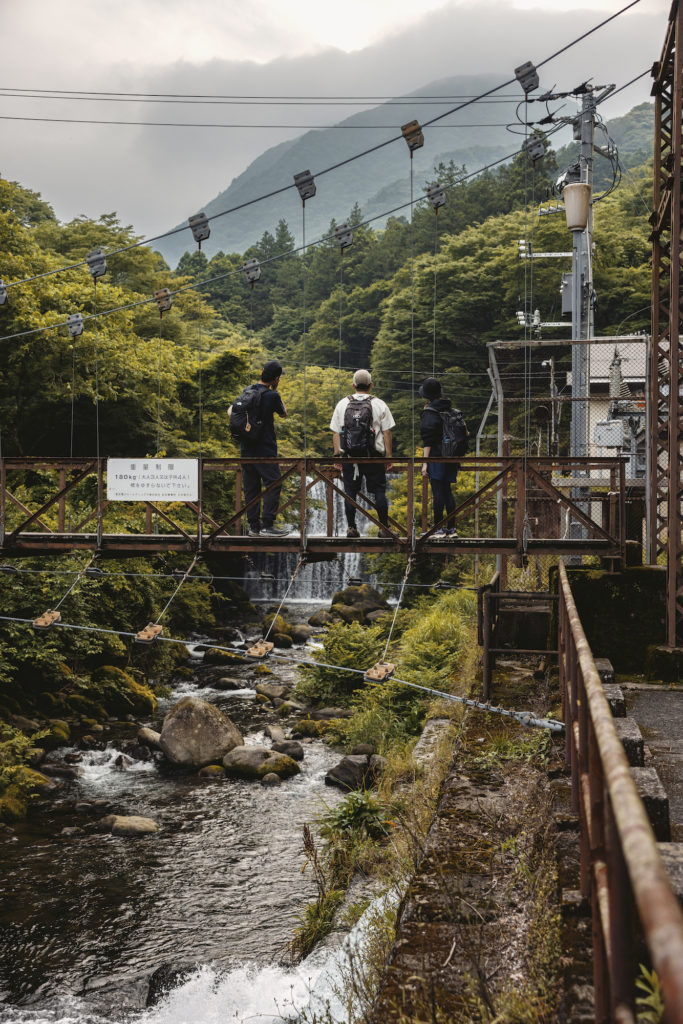
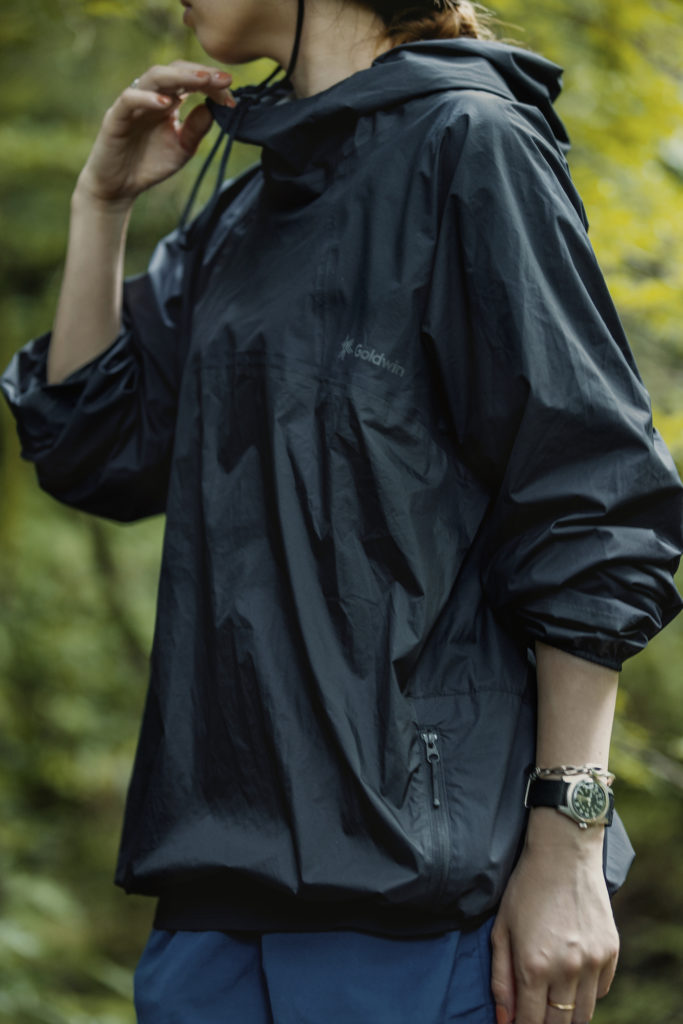
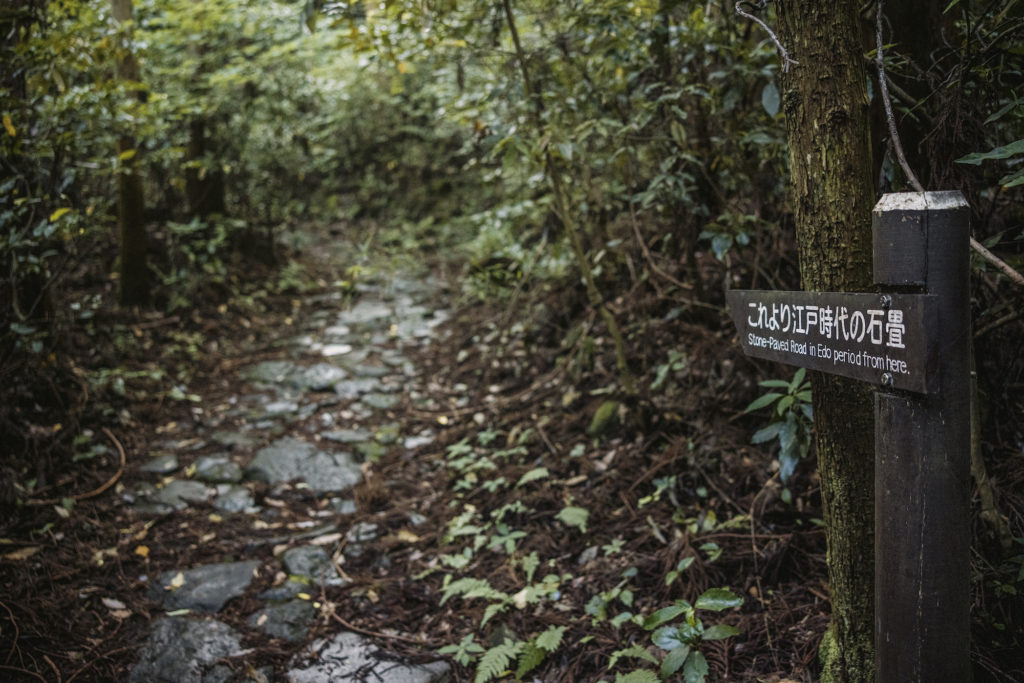
Beyond this forested trail, a stone-paved section of the path awaits, typical of the “Hakone Hachiri”. Before the Edo period, this section of the route was famously treacherous, soaking travelers up to their shins during heavy snow and rain. They surmounted this problem by covering the stones with local Hakone Bamboo, but in 1680 the Edo Shogunate decided to renovate the road, giving rise to the resplendent stone pavement. However, the slippery surface of these stones meant that rainy days saw a spate of accidents involving horses tumbling and travelers slipping down the slopes. Even modern trail shoes are no match for the unrelenting and unforgiving steep inclines, particularly Saikachi-zaka, Kashi-no-ki-zaka, and Oikomi-zaka.
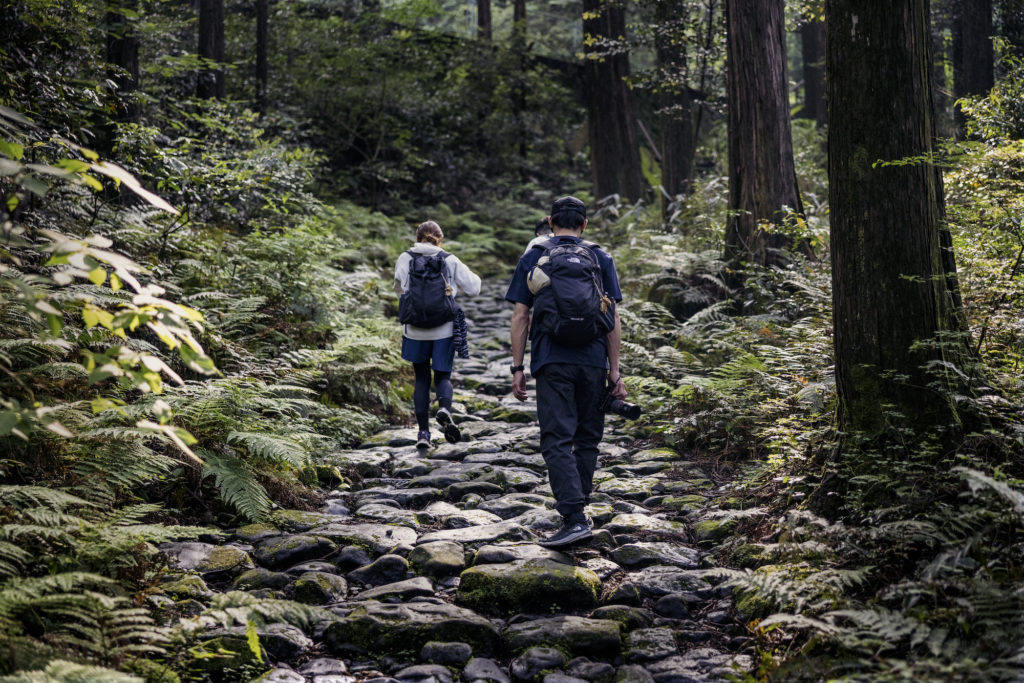
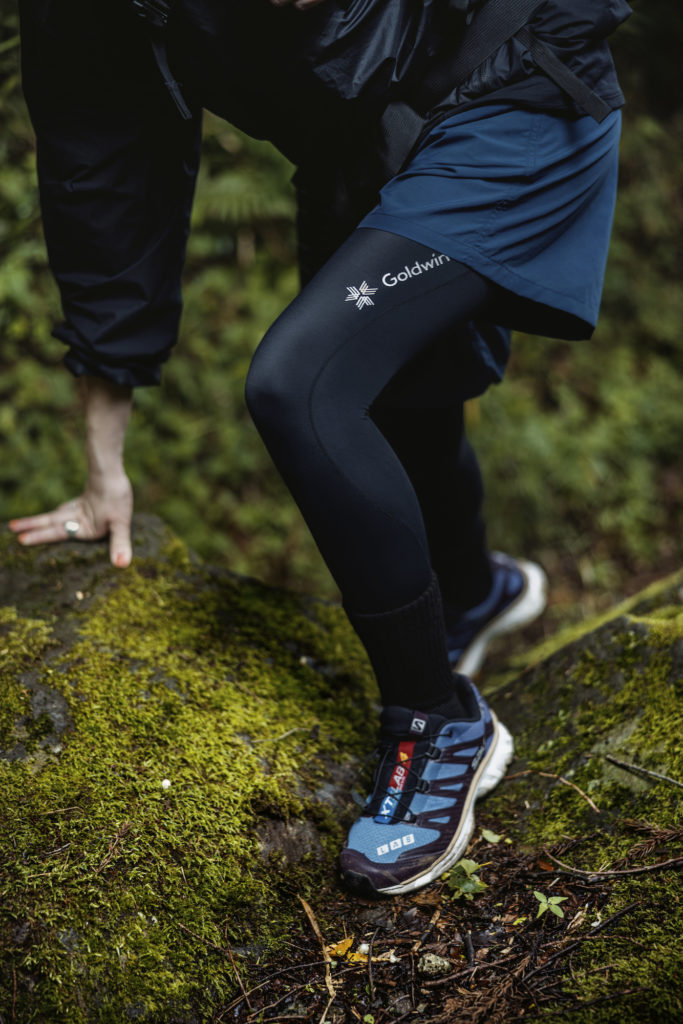
Further on is Hatajuku, a settlement that flourished as a “halfway hamlet” between Odawara and Hakone. In the past, many tea houses were crammed with travelers preparing for the grueling journey over Hakone by tucking into the local specialties of soba noodles and grilled ayu fish. Souvenirs developed for these travelers are exquisite marquetry work, also known as Hakone-zaiku. The technique was established in the late Edo period by a craftsman named Nihei Ishikawa of Hatajuku, who graphically assembled various types of wood of different colors and grains. Hakone-zaiku are a good representation of the local mountain topography with its abundance of tree species, so look for your favorite pattern when you pass through Hatajuku.
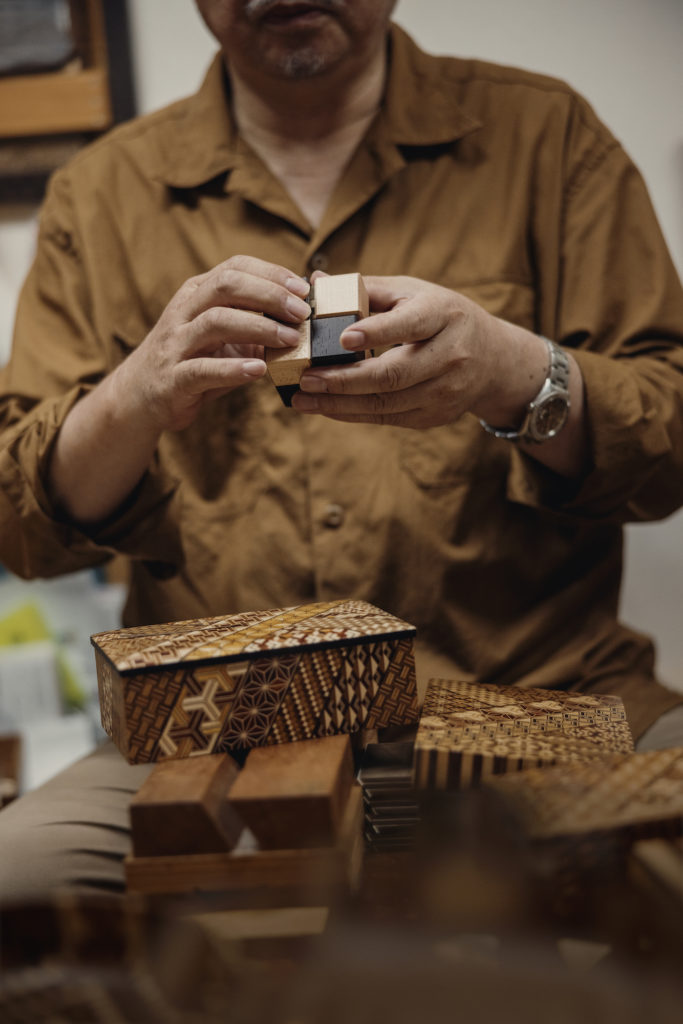
Just when you feel the need to take a break, the elegant thatched-roofed Tateba Tea House appears. It is an “Amasake Chaya” said to have been opened around 1618, when the Hakone checkpoint was established.

The specialty of this 13th generation restaurant is the sweet amazake, made using the same secret recipe that has been used for 400 years. Made using only local non-sticky rice and rice malt, amazake is packed with nutrients and ideal for restoring strength. Cold amazake, only served during the warmer months, used to be a summertime fixture. When you’re feeling peckish, it’s perfect served with some mochi. Sitting on the porch and sipping amazake, you may feel as if you have stepped back in time to the Edo period.
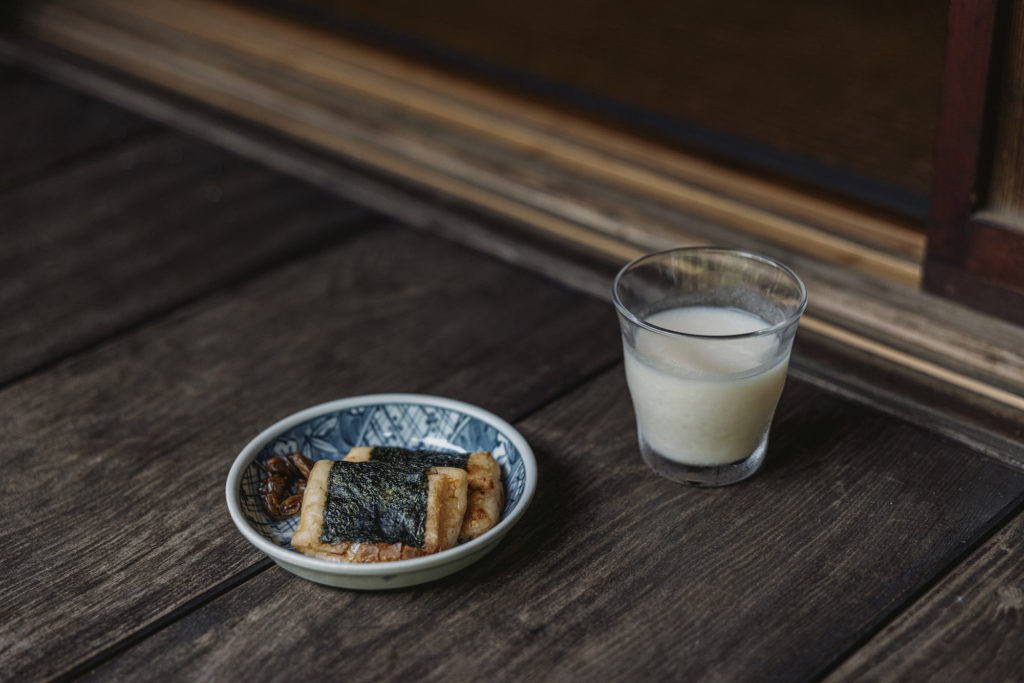
I had a wonderful encounter at the “Amasake Chaya.” Here, we met a man called Enzo Hayakawa who promotes hiking the Hakone Hachiri wearing traditional straw sandals called “ashi-naka”. Only half the length of regular zori (straw sandals), “ashi-naka” could easily be handmade from plentiful straw, and were the footwear of choice of Buddhist Monk Kukai, Nobunaga Oda, and Saigo Takamori. The protruding heel allows them to fit closely to the soles of the feet focusing weight on the forefoot, providing excellent grip on the slipper cobblestones much like spiked shoes. If damaged, they can be jettisoned on the side of the road and returned to the soil, making them quintessential footwear for the modern age.
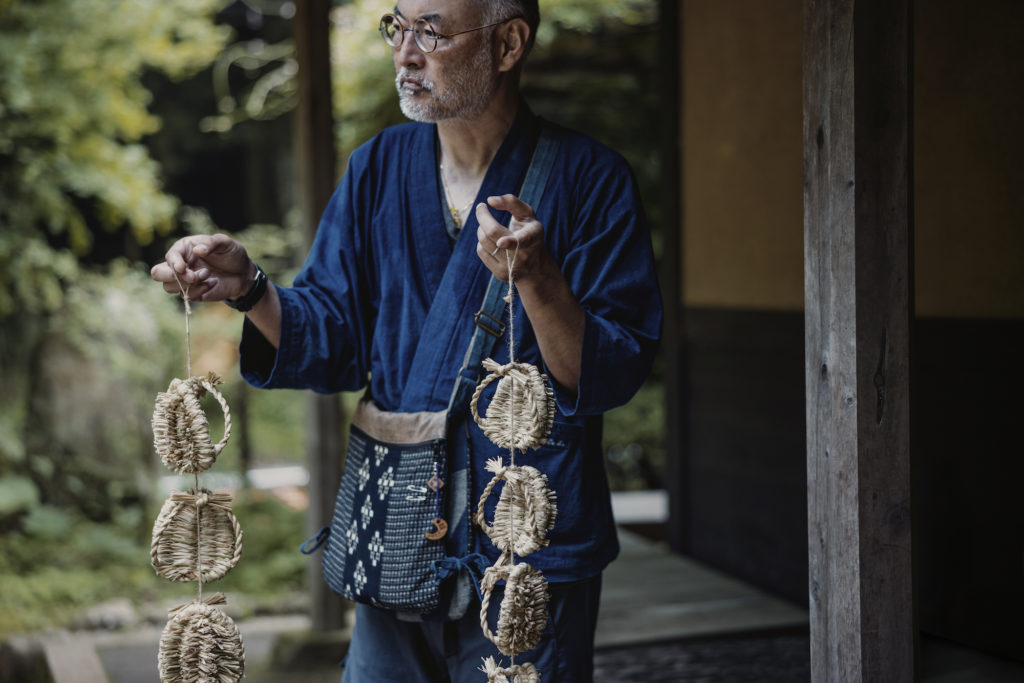
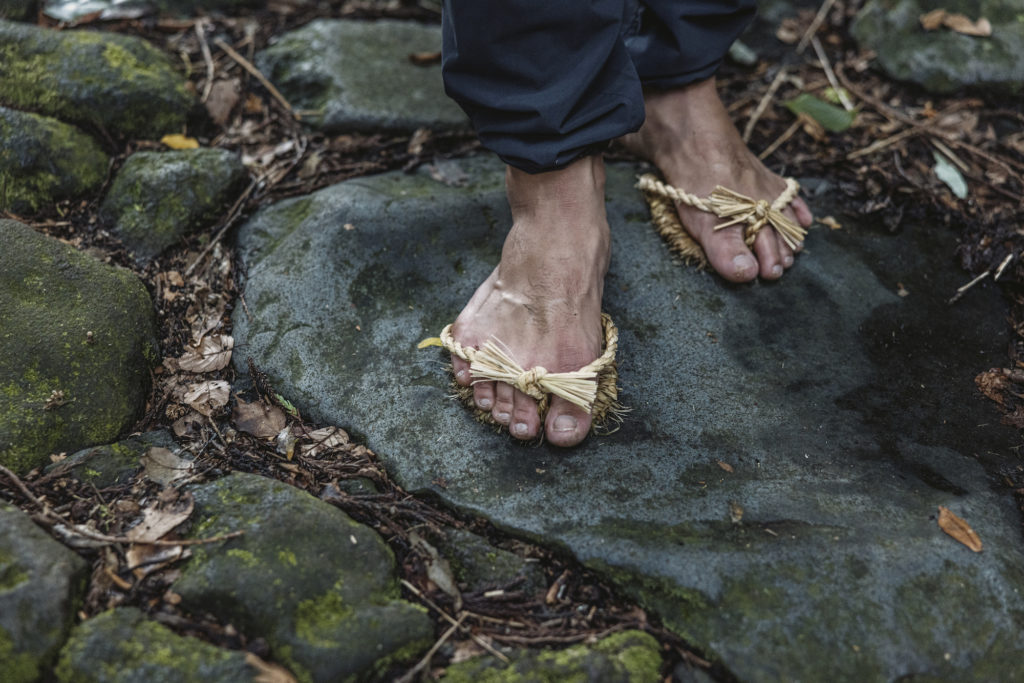
On the Tokaido Highway, while Oiso and Mishima are famous for their rows of pine trees, they are ubiquitous throughout the route. This is because pine and enoki trees were deliberately planted along the roads to protect travelers and road surfaces from sun, rain, and snow. Here in Hakone, you are greeted by a row of giant cedar trees over 300 years old as you approach the shores of Lake Ashi. Pine trees were originally planted, but as they were apparently unsuited to the climate of the shores of Lake Ashi, they were replaced with cedar trees in later years. The rows of cedar trees look magnificent at a glance, but since only about 30% remain in good condition, conservation efforts are underway to ensure they are still there to delight future generations.
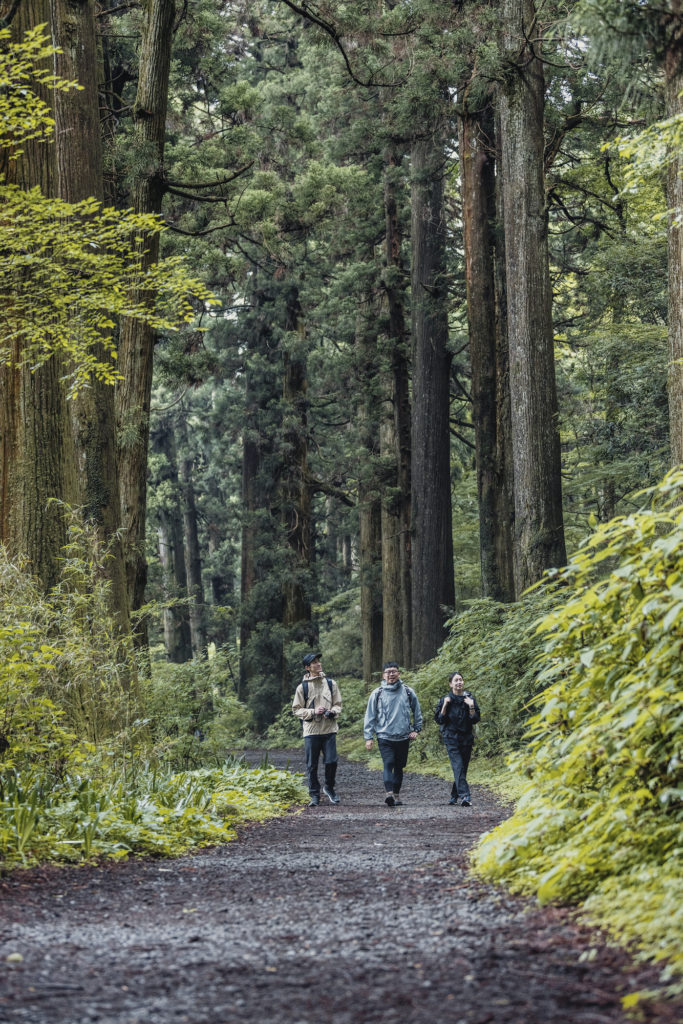
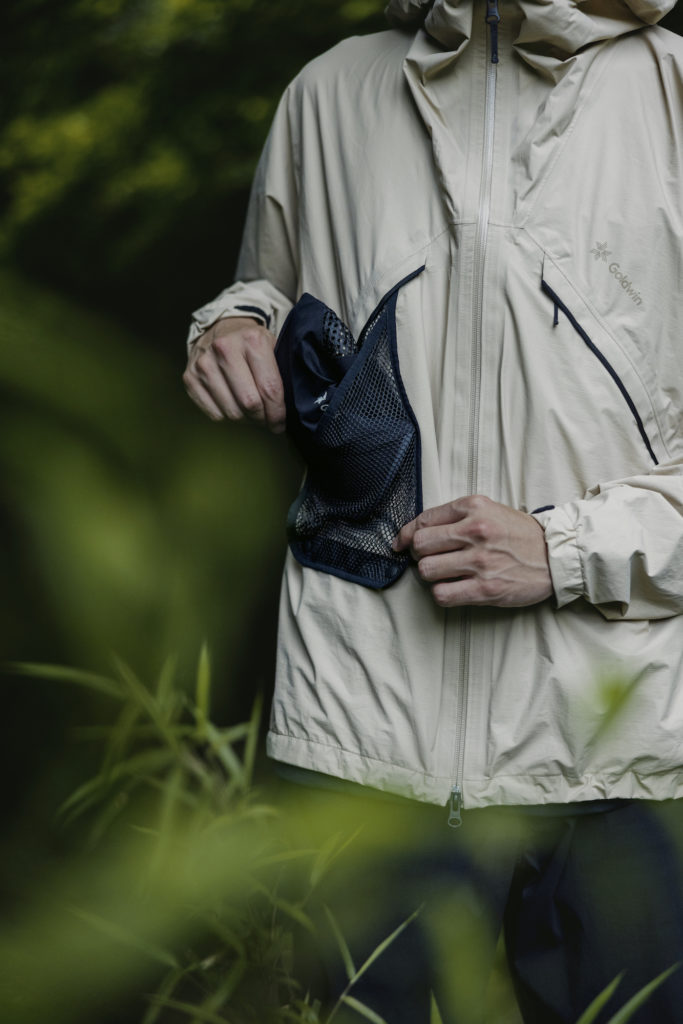
After passing the cedar trees, the Hakone checkpoint finally comes into view. Hakone-juku was the 10th post station from Edo, and the Hakone Sekisho (checkpoint) established in 1619 was perhaps a symbol of this. The Edo Shogunate designated the Hakone checkpoint as a hub for the defense of Edo due to its proximity to the Hakone Crossing, dreaded as the most arduous point on the Tokaido. Here, they strictly policed the “inflow of guns and the exit of women”. The present Hakone Sekisho is a faithful reproduction of the original structure, construction methods, and components of the facility based on detailed data from the time; its majestic black lacquered façade is straight out of the Edo period. Of the 50 or so barrier stations in Japan, none are said to have such a high level of realism, so make sure to include it in your itinerary and not just pass through it.

After visiting the checkpoint, the magnificent scenery and lush waters of Lake Ashi awaited us at the goal of today’s tour. Unfortunately, inclement weather prevented a glimpse of Mt.Fuji on this day, but nevertheless the travelers were treated to a magnificent landscape that has remained unchanged over the centuries. The Hakone crossing has been enduringly popular over the past 400 years from Edo to the present day, and the area has far more to offer than just the thermal hot springs synonymous with Hakone.
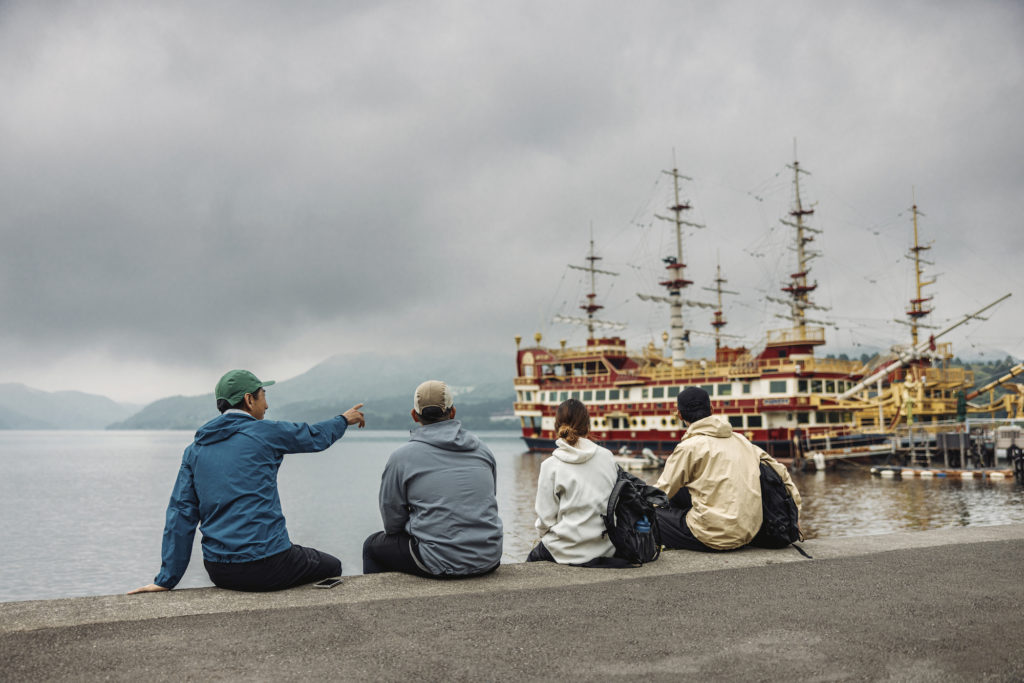
(*1) Comprehensive Collaborative Agreement on Regional Revitalization
In 2022, GOLDWIN Inc. and Hakone Town signed a comprehensive collaboration agreement on regional revitalization. The idea is to collaborate on a project that effectively harnesses the resources of both GOLDWIN’s knowledge of experiences and learning through outdoor activities and Hakone’s natural environment. This will help to drive local revitalization, preserve the natural environment, and secure a brighter future for children who will inherit the next generation. Specifically, the project will undertake environmental preservation activities such as trail maintenance, provide hands-on learning opportunities for children, and support outdoor activities.
Goldwin Official Instagram (Global)
Goldwin Official Instagram (Japan)
Goldwin Marunouchi Instagram
Goldwin Harajuku Instagram
Goldwin THE NORTH FACE Kanda Instagram











